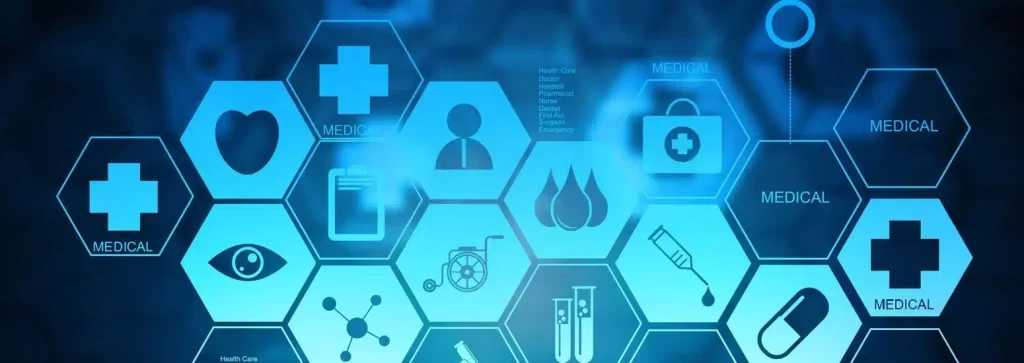It’s the tool with the biggest potential to disrupt the healthcare industry, among others, with great power and opportunity, but also the great risk of the unknown and a lack of understanding of its potential and reach.
There’s still so much about artificial intelligence we don’t know, or haven’t figured out when it comes to implications for healthcare. Like other digital tools, from the internet to social media to virtual reality, artificial intelligence can be an incredible tool for learning and opportunities, but we don’t yet know all the safeguards we might need to have in place to protect sensitive information about our patients.
Let’s consider a few things we know and others we don’t, about the reach of AI in healthcare.
An aging population needs new forms of care — and more of them.
One in four people in North America will be 65 years of age or older by 2050, leading to increased demand in an already stressed and strained healthcare industry. Administrators, nurses, doctors, and all others involved in patient care will also be facing more complex patients, dealing with comorbidities including stroke, cardiovascular issues, various types of cancers, and long Covid-related ailments, sometimes all at once. Healthcare will need to be more proactive and focused on longer-term care, instead of addressing the problem the patient has that given day. Artificial intelligence can help track all these ailments at once and provide real-time suggestions and advice on the best care options to address these overlapping needs, allowing providers to make their visits and conversations more efficient and effective with each patient.
Staffing shortages have medical facilities in a tight spot.
Despite efforts to regain safe staffing levels and build back in the workforce that was lost during the pandemic, the World Health Organization anticipates a shortfall of 9.9 million physicians, nurses, midwives, and other healthcare providers by 2030 — and that’s even with a 40 million job increase in the health sector in that same time. New methods for seeing and helping patients will be needed, and that could include the expanded use of telehealth options, like the use of AI chatbots and other tools to either gain basic information and speed the intake process or to provide some diagnosis to be presented to a human doctor in an emergency room. Patients can control their details and provide specific information about their ailments and illnesses by submitting information to a computer interface through a secure portal. AI then digitally and quickly analyzes them to determine possible causes. Whether the patient needs immediate or additional medical help could also be determined by AI and, as needed, properly rerouted.
New treatments and procedures can be modeled and tested by AI first.
Clinical trials are expensive and take a long time to run before patients can access them. Before a doctor or nurse can perform new procedures and techniques on a patient, they must be perfected. With AI, all of these models could be accelerated, providing patients with new treatments and new care options faster. Virtual training also makes education accessible to people around the world, instantly, providing doctors and nurses faster access to new information and skills without having to travel.
Patient security will be paramount.
AI is an incredibly powerful tool, and experts are still working on encryption and other methods to ensure sensitive information provided to and utilized by AI will keep patients’ identities safe and cloaked. This will mean lots of training for healthcare providers to ensure they understand what is and is not needed, utilized, shared, and the proper techniques for submitting information to protect it. If information is provided for a clinical trial or other study, precautions must be in place to keep that data anonymized, with effective safeguards in place to prevent data breaches. This includes interfaces with apps that patients already use in their everyday lives, like fitness trackers, weight trackers, insulin systems, etc.
Things won’t change overnight, of course. But there are three anticipated phases of AI incorporation for healthcare: The low-hanging fruit solutions of adopting practices that are easy to repeat and mostly on the administrative time will come first, freeing up time for doctors and nurses to focus more on their patients. Next will come larger, more system-wide applications, possibly in imaging, to help patients provide their own information and take more control of their health, providing information to doctors remotely and immediately. Third will come clinical-based applications, with AI embraced as a clinical care partner with rigorous safety standards around data sharing to help improve care practices and expand knowledge through sharing and training in a virtual world, all informed by AI.
Ultimately, this is a very exciting time for medicine and healthcare, and if it’s something you’d like to learn more about, contact AMEA Healthcare. Let’s prepare now for tomorrow’s healthcare needs and tools!
